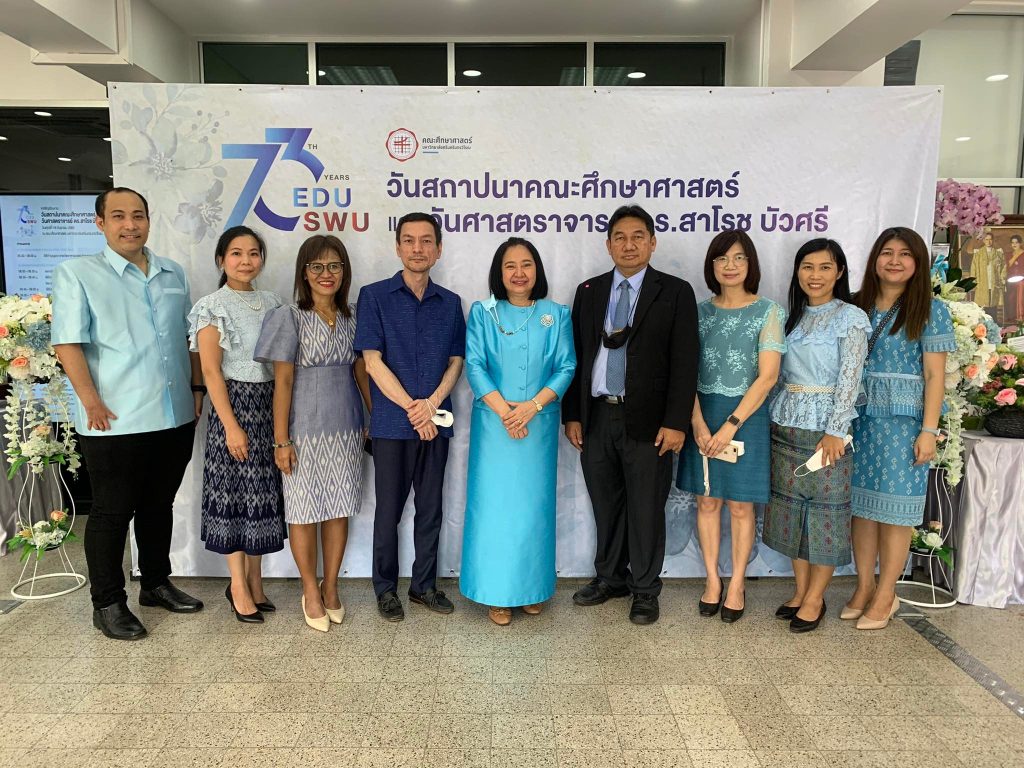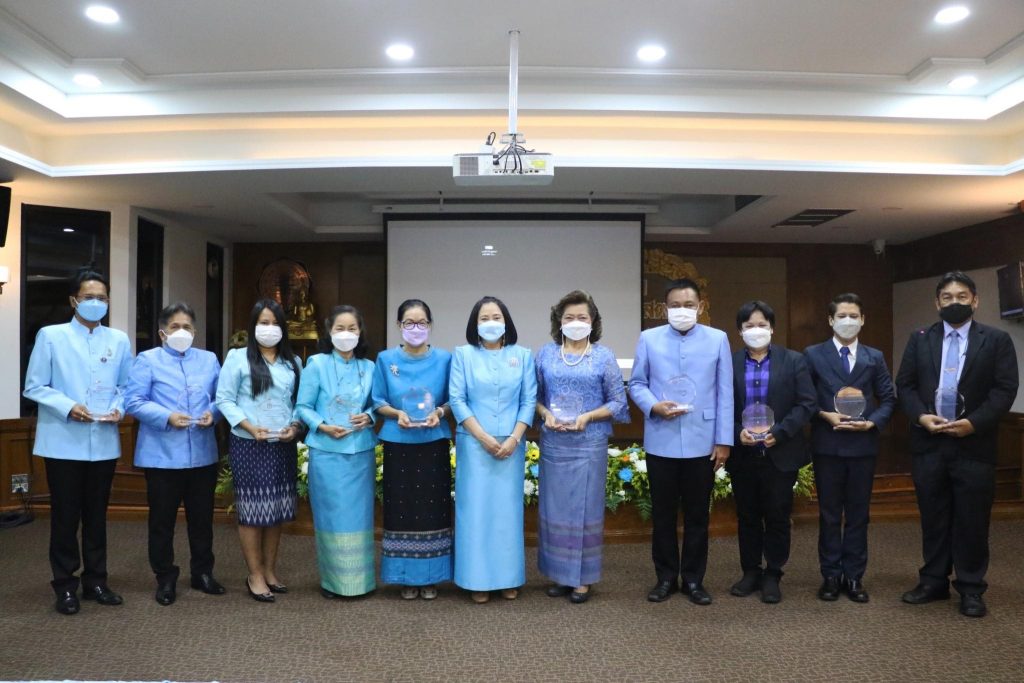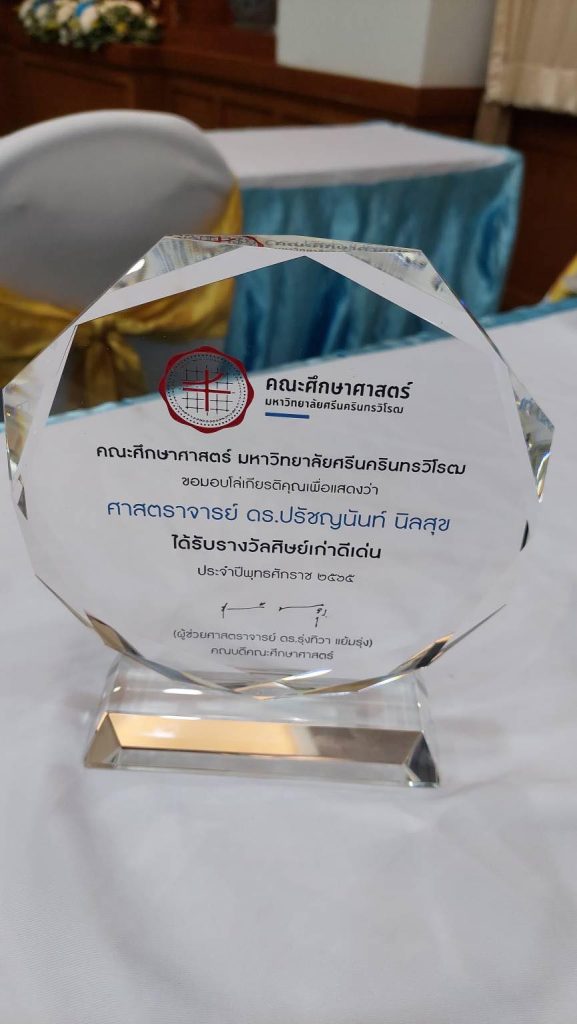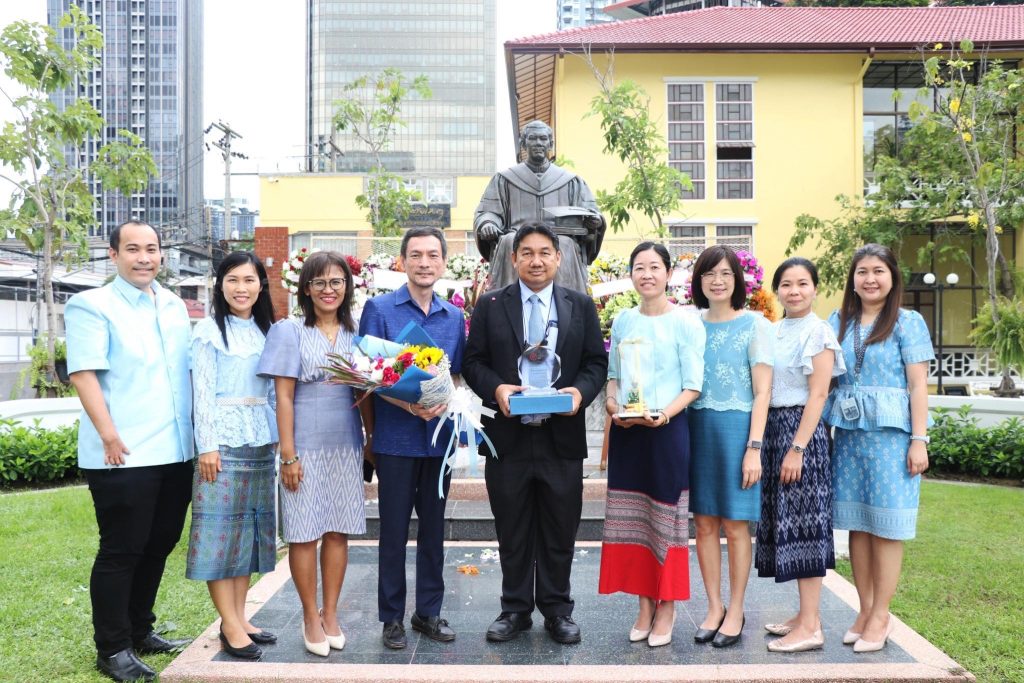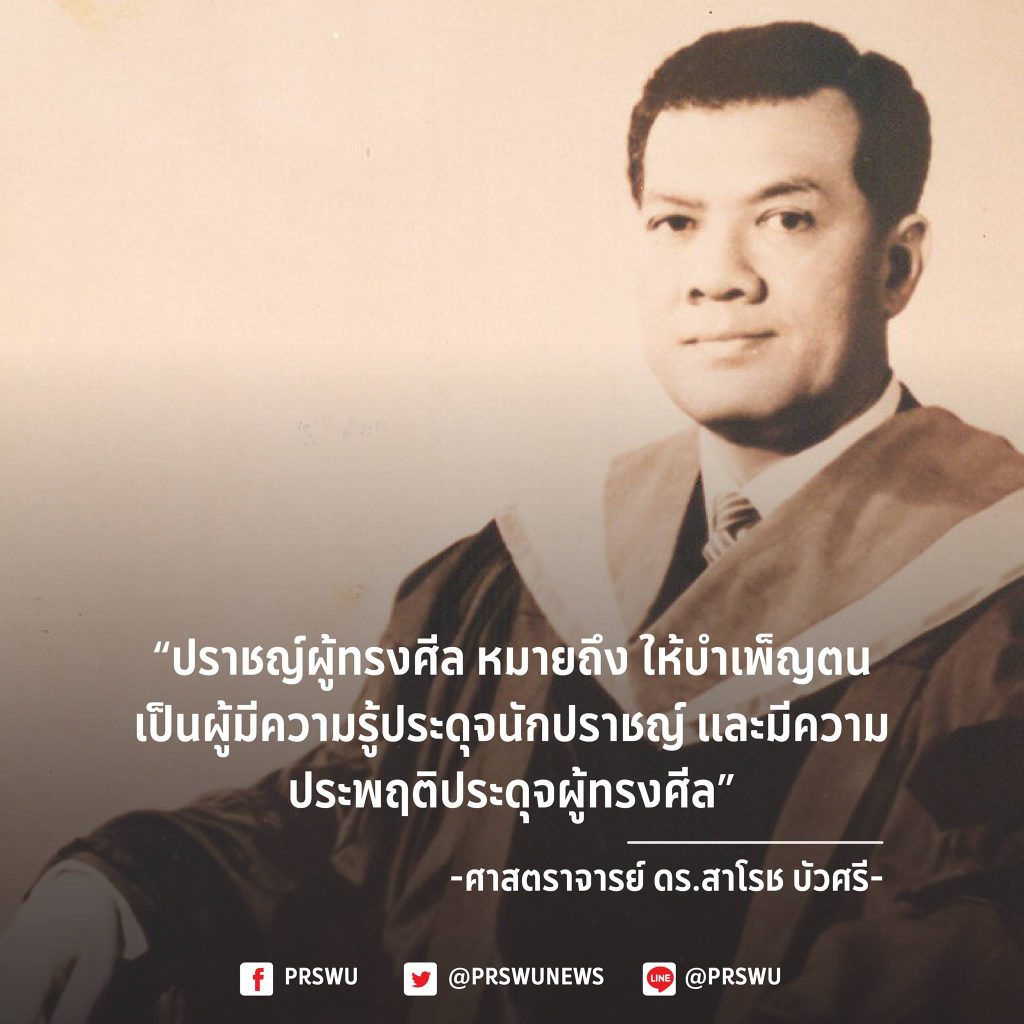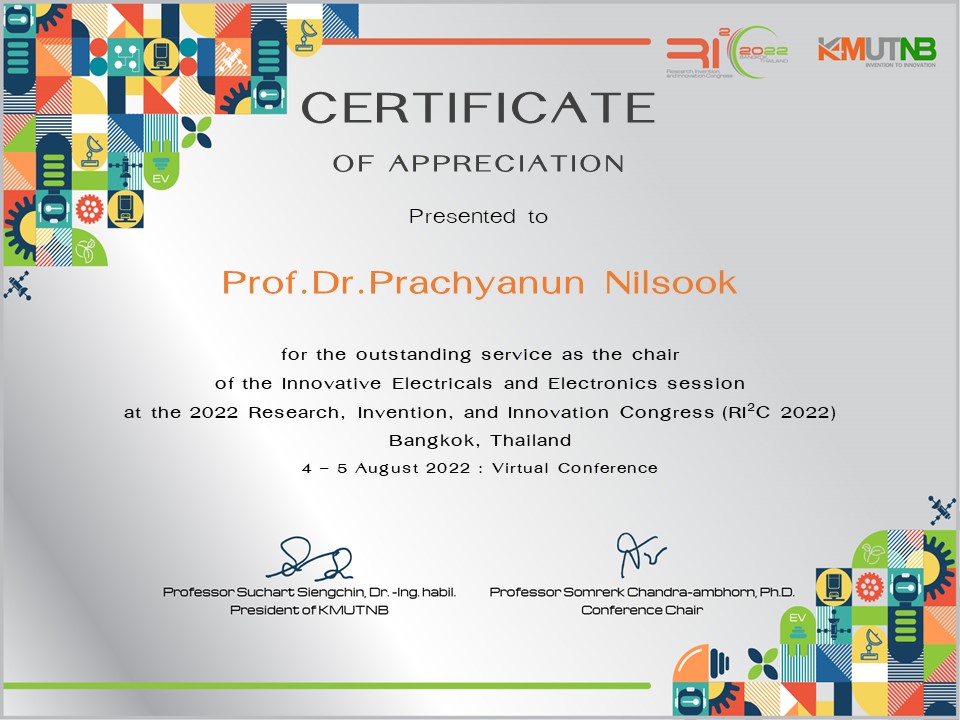Abstract:The Impact of Industry Revolution has been accelerated by global pandemic crisis recently. Disruptive technology is one of the key driving forces of transformation on the rapid change in business model and market demand. Traditional industries, including education, experience the challenge of maintaining business at lower cost while generating high performance (more revenue) and staying relevant in the market. Digital Transformation helps improve collaboration within and between organizations by creating immersive customer experience for better engagement. Enterprise organization wants to grow and give it a better chance of thriving post-pandemic by becoming more innovative and generating higher productivity and making better decisions with insights from data-driven platform. To achieve all the business requirements for transformation is not straightforward. By understanding the alignment of Business and Information Technology Architecture, Higher Education institutions can manage the challenges of the future trends. The success of Digital Transformation in enterprise organizations is determined by an agile implementation framework of Enterprise Architecture (EA). Enterprise Architecture is the critical intermediary between business and IT corporate wide strategy. Through understanding the current situation and performance of an enterprise, EA can help foresight future business challenges and deliver the information needed while simultaneously ensuring opportunities for business growth
S. Sararuch, P. Wannapiroon and P. Nilsook, “Dimensions of Agile Enterprise Architecture,” 2022 Research, Invention, and Innovation Congress: Innovative Electricals and Electronics (RI2C), 2022, pp. 304-309,
https://doi.org/10.1109/RI2C56397.2022.9910275.






